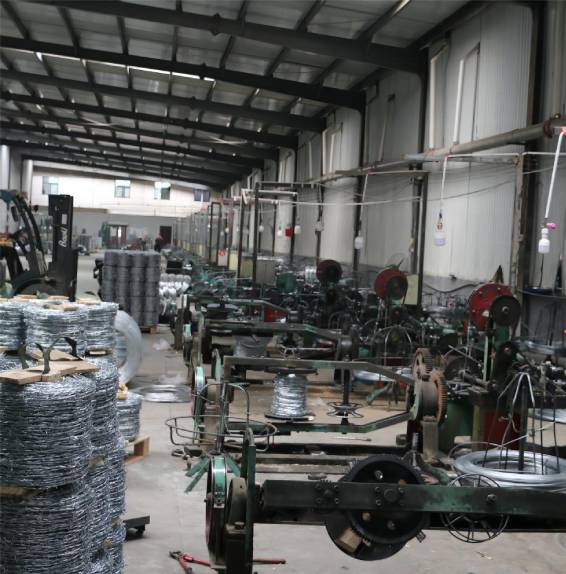galvanised steel wire
The Importance of Galvanised Steel Wire in Modern Applications
Galvanised steel wire is a versatile and robust material that has found applications in various industries, thanks to its unique properties and advantages. This type of wire, produced by coating steel with a layer of zinc, offers significant protection against corrosion, making it ideal for outdoor use and in environments prone to moisture. In this article, we will explore the characteristics, manufacturing process, and applications of galvanised steel wire, highlighting its importance in modern engineering and construction.
Characteristics of Galvanised Steel Wire
The primary characteristic of galvanised steel wire is its resistance to corrosion. The zinc coating acts as a sacrificial barrier, preventing moisture and oxygen from reaching the underlying steel. This property is critical in environments where exposure to water and other corrosive elements is a concern. Additionally, galvanised steel wire exhibits high tensile strength, making it suitable for applications requiring durability and reliability.
Another important feature of galvanised steel wire is its flexibility. It can be easily manipulated without breaking, allowing for a wide variety of uses, from fencing and construction to crafting and manufacturing. Galvanised steel wire is also available in different gauges and tensile strengths, catering to the specific requirements of various projects.
Manufacturing Process of Galvanised Steel Wire
The manufacturing process of galvanised steel wire begins with high-quality steel wire, which is drawn to the desired diameter. The steel wire is then cleaned to remove any impurities, ensuring a smooth surface for the galvanising process. Following this, the wire is immersed in a molten bath of zinc, which adheres to the surface of the steel, creating a robust protective layer.
There are two main methods of galvanisation hot-dip galvanising and electro-galvanising. Hot-dip galvanising involves dipping the cleaned wire into a bath of molten zinc at temperatures around 450°C. This method provides a thicker coating and is suitable for applications requiring maximum corrosion resistance. In contrast, electro-galvanising involves applying a zinc coating through an electrochemical process, resulting in a thinner layer suitable for products where aesthetics and smoothness are paramount.
galvanised steel wire

Applications of Galvanised Steel Wire
The applications of galvanised steel wire are vast and varied, making it an essential material in several industries. In the construction sector, galvanised steel wire is commonly used for reinforcing concrete, securing structures, and providing support to various installations. Its strength and resistance to rust ensure that buildings and infrastructure remain stable and safe over time.
In agriculture, galvanised steel wire is widely used for fencing, ensuring that livestock is contained while providing durability against weather elements. Additionally, it is employed in trellising systems for climbing plants, helping farmers maximize their yield.
Manufacturers in the industrial sector utilize galvanised steel wire for products such as wire ropes, cables, and mesh, due to its strength and durability. These products are critical in lifting, safety, and security applications, where failure is not an option.
Moreover, galvanised steel wire has gained popularity in the realm of crafts and DIY projects. Its flexibility and ease of use make it a favorite among hobbyists for creating sculptures, jewelry, and various decorative items.
Conclusion
Galvanised steel wire is an indispensable material in today’s world. Its corrosion resistance, strength, and versatility make it suitable for a multitude of applications across various industries. Whether in construction, agriculture, manufacturing, or creative pursuits, galvanised steel wire proves to be a reliable and effective choice. As technology advances and industries continue to innovate, the demand for galvanised steel wire will likely grow, further cementing its role in modern engineering and construction practices.
-
Space-Saving Chain Fence Hacks Vertical Gardening with Cyclone MeshNewsJul.16,2025
-
Innovations in Iron Nail Wire Production for Modern ConstructionNewsJul.16,2025
-
Creative Uses of Wire Netting Fence in Modern Landscape DesignNewsJul.16,2025
-
Barbed Wire Fence Innovations in Anti-Climb TechnologyNewsJul.16,2025
-
Architectural Uses of Umbrella Nails for Aesthetic Roof DesignsNewsJul.16,2025
-
Architectural Uses of Razor Barbed Wire in Secure Urban DesignNewsJul.16,2025




